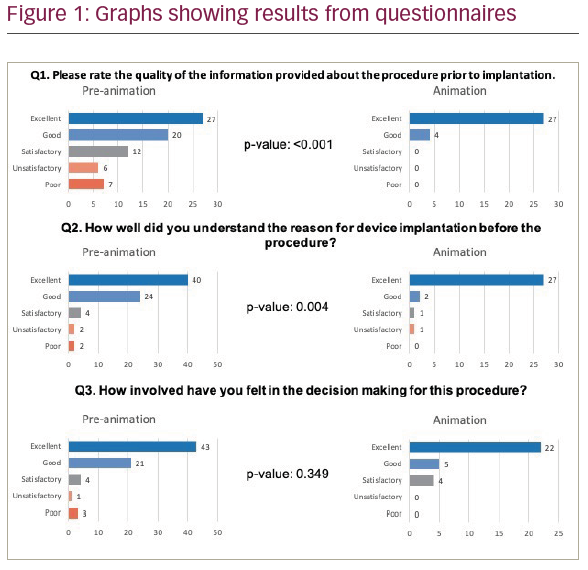Introduction: Thromboembolic risk appears to be higher in patients with non-paroxysmal atrial fibrillation (AF) and with longer AF episodes. However, guidelines recommend chronic oral anticoagulation (OAC) in patients with AF and additional stroke risk factors without considering AF burden or temporal patterns. Therefore, indefinite OAC may expose patients with short, infrequent AF episodes, to a significant bleeding risk but with limited benefit in stroke reduction. Targeted “as-required” OAC during periods of AF may be an alternative management strategy.
Methods: This systematic review was registered in Prospero (CRD42020209564) and performed in accordance with the PRISMA guidance. Medline and Embase were searched from January 2004 to October 2020 for studies with an “as-required” OAC strategy: OAC anticoagulation during AF episodes which was then stopped if sinus rhythm was maintained. Outcomes of interest (all-cause mortality, ischaemic stroke, major bleeding) were extracted and event rate per year of follow-up and 95% confidence intervals (CI) were calculated. Random effects model was used for pooled estimates.
Results: Of the 1,936 studies retrieved, eight met the inclusion criteria: six prospective observational studies without a control group, one randomised control trial (RCT) and one randomised pilot study (total of 3262 patients on “as-required” OAC strategy). The overall annualised all-cause mortality rate was 2.8% (95% CI: 1.4%-5.6%) per patient-years of follow-up, but the heterogeneity was high (I2 = 76%). Across all 8 studies, the annualised ischaemic stroke and major bleeding rate was low (0.79% [95% CI: 0.54%-1.15%] and 1.8% [95% CI: 1.3%-2.4%], respectively). REACT. COM and TACTIC-AF reported a reduction in OAC utilisation of 94% and 75%, respectively. IMPACT, the only RCT, showed no difference in the composite of thromboembolism and major bleeding. However, poor adherence to protocol, the population studied (only 10% had a diagnosis of atrial tachyarrhythmias at enrolment) and OAC regime used (80% on vitamin-k antagonist) preclude any definitive conclusions.
Conclusion: Although the overall estimated event rates were low, an adequately powered RCT is required to conclusively demonstrate non-inferiority of an “as-required” approach with direct oral anticoagulants guided by continuous rhythm monitoring to chronic OAC.








